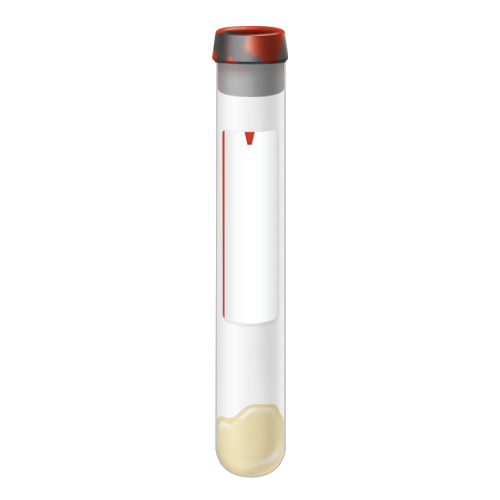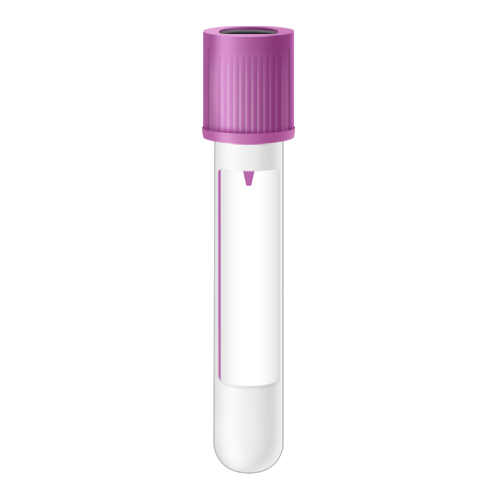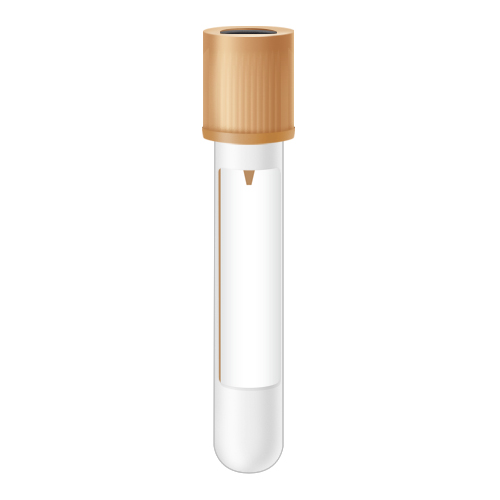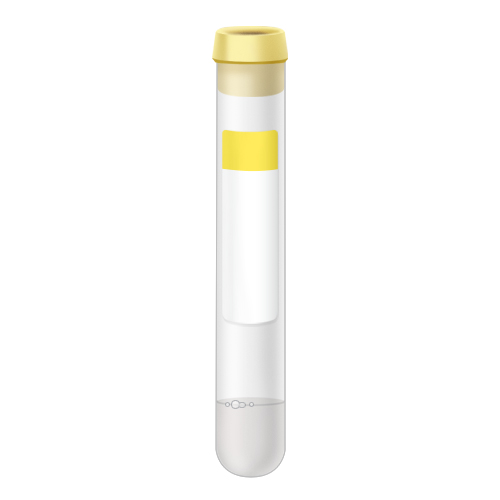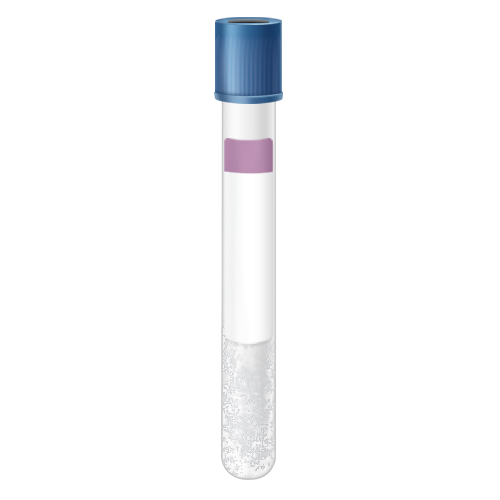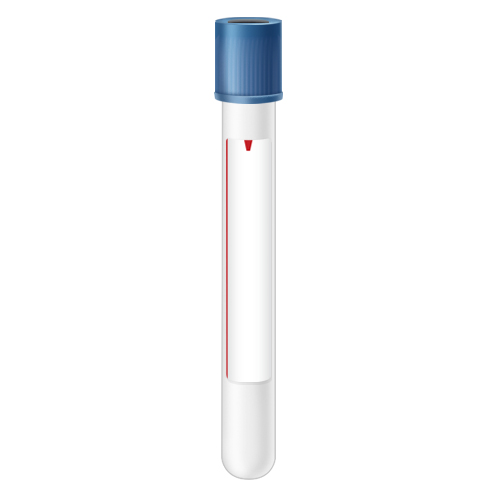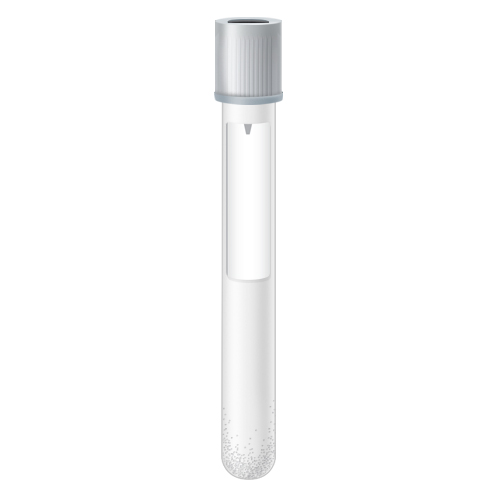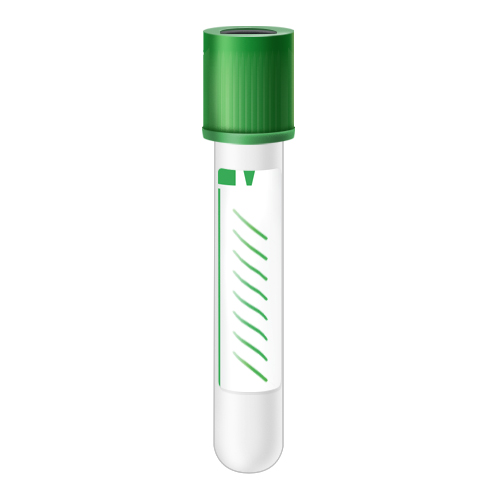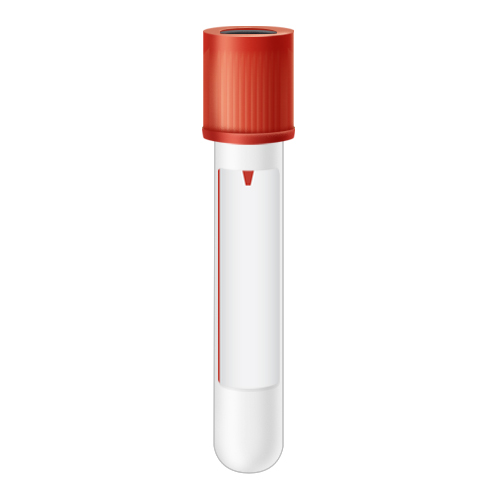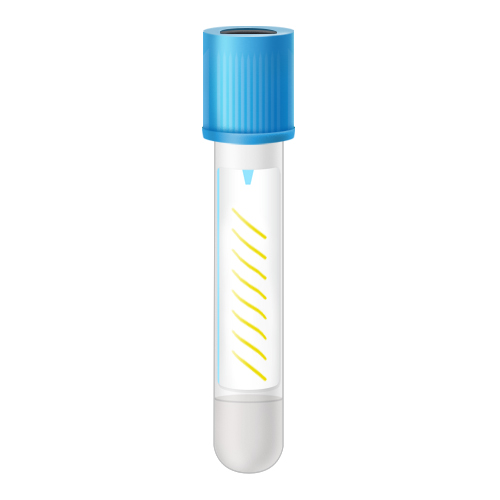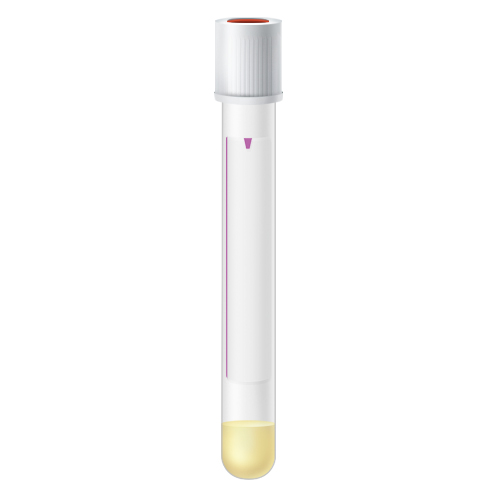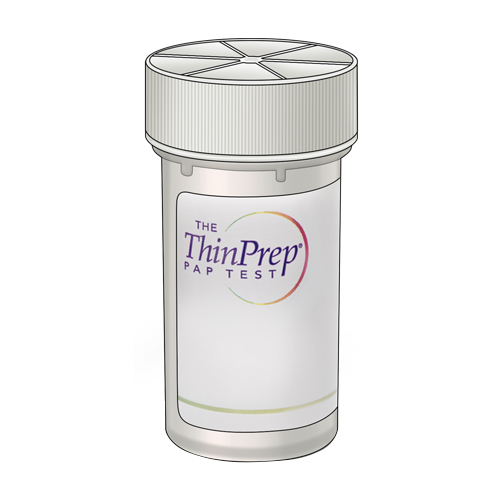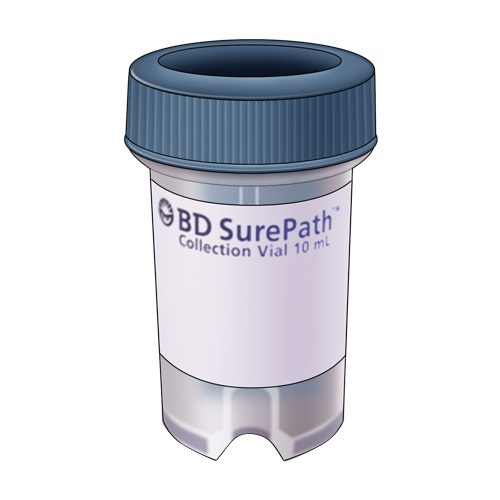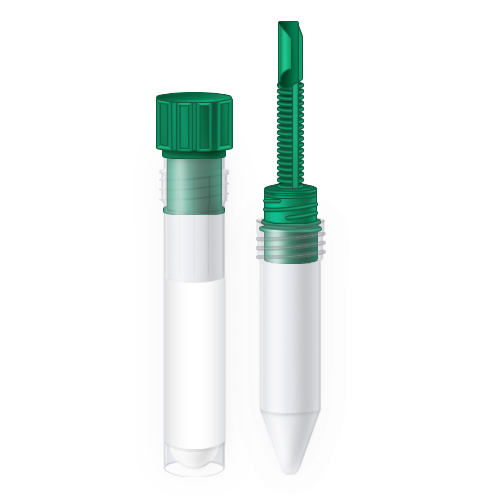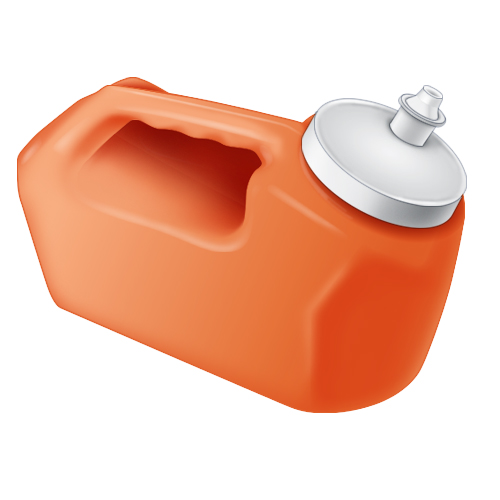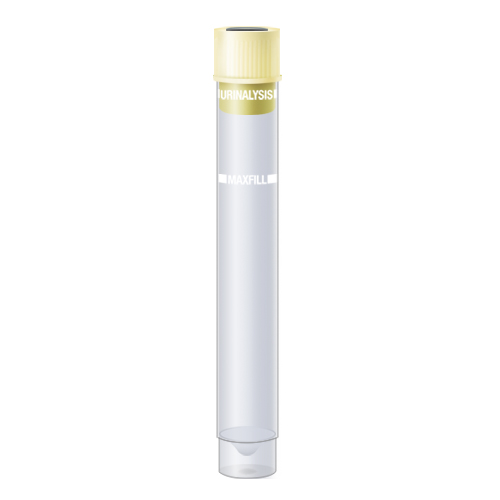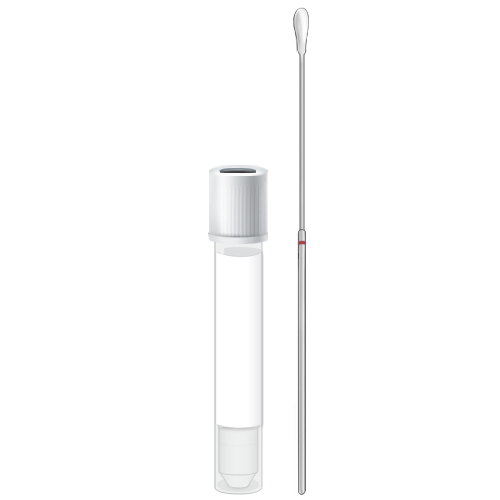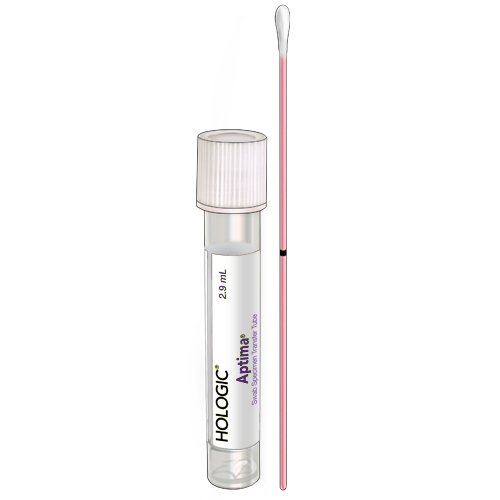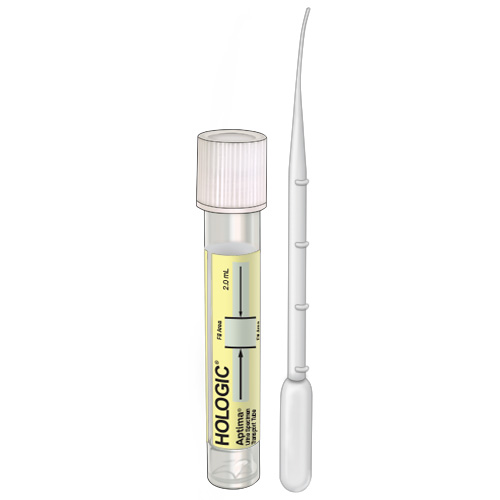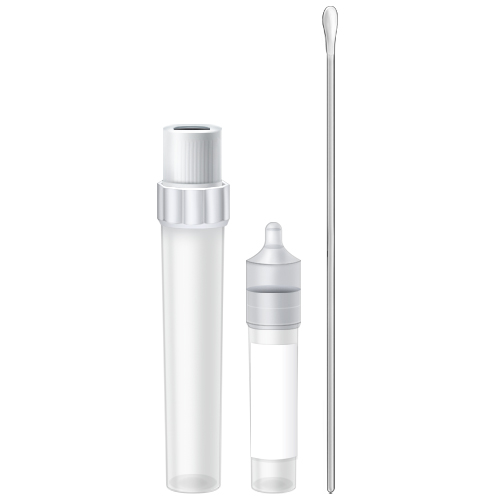March is National Kidney Month, a time to raise awareness for the importance of kidney health and the prevalence of chronic kidney disease (CKD). In the United States 37 million adults are estimated to have CKD according to the Centers for Disease Control and Prevention (CDC).1 Here, we’re highlighting important facts about kidney disease including risk factors, prevention and information about testing.
1. What Is Chronic Kidney Disease (CKD)?
Your kidneys play the important role of being your body’s filtering system – removing waste products and excess fluid from the body through your urine.2 They are also responsible for stimulating red blood cell production, regulating essential blood chemicals, helping to control blood pressure and keeping your bones healthy.3
A CKD diagnosis means that a person’s kidneys are damaged and can’t filter blood properly, which can cause waste to build up in the body. This condition is called “chronic” because the damage happens slowly.3
CKD is often progressive, which means that is gets worse over time and can lead to kidney failure, though not everyone with CKD develops kidney failure.3 Kidney disease also increases your chances of having a stroke or heart attack and can lead to other health problems including heart disease.4
2. Who Is More Likely to Develop CKD?
Two of the more common risk factors for CKD in adults are:1
- Diabetes: High blood sugar caused by diabetes can damage the blood vessels in your kidneys. Diabetes is the leading cause of CKD according to the National Institute of Diabetes and Digestive and Kidney Diseases (NIDDK).4
- High blood pressure: This condition can also cause damage to your kidney’s blood vessels. CDC statistics show that 1 in 5 U.S. adults with high blood pressure may have CKD.1
Additional risk factors include heart disease, obesity, a family history of CKD, inherited kidney disorders, past damage to the kidneys and older age.1
3. Can I Prevent CKD?
CKD and potential complications can be prevented by managing risk factors and slowing the disease’s progression through treatment.5 Consider taking the following steps to help reduce your risk:
- Get tested: Early kidney disease often presents without symptoms. Testing can help ensure that your kidneys are functioning properly, or flag if they are not.3
- Manage health conditions that can cause kidney damage: If you have one of the conditions that puts you at high risk for CKD like diabetes, high blood pressure or heart disease, work with your healthcare provider to manage your numbers and medication.6
- Seek treatment promptly for a urinary tract infection (UTI): As untreated UTIs can cause kidney damage, it’s important to consult your healthcare provider right away if you suspect you have one.6
- Make healthy lifestyle choices: Making healthy decisions like aiming to cut back on added salts and sugar, exercising regularly, limiting alcohol and not smoking can help protect your kidneys.6
Visit the NIDDK for more information about promoting kidney and overall health.
4. What Does Testing for CKD Look Like?
Because early kidney disease symptoms are often silent, detection and treatment of CKD are crucial components in preventing its progressing to kidney failure. To test for kidney disease, healthcare providers utilize specific blood and urine tests designed to measure the levels of creatinine in the blood and protein in the urine. The CDC recommends regular testing for people who have diabetes, high blood pressure or other risk factors for CKD.3
To help assist healthcare providers in detecting and diagnosing kidney disease, BioReference offers The Kidney Profile. Recommended by the National Kidney Foundation, this profile includes testing for:
- Serum Creatinine
- Estimated Glomerular Filtration Rate (eGFR)
- Albumin-Creatinine Ratio (ACR)
- Protein-Creatinine Ratio (PCR)
Keep Up With Your Kidney Care
According to the CDC, as many as 9 in 10 people with CKD in the U.S. don’t know they have it.1 Take the opportunity this National Kidney Month to raise awareness for kidney disease, and speak with your healthcare provider to see if testing for kidney function it right for you.
Sources:
- https://www.cdc.gov/kidneydisease/pdf/Chronic-Kidney-Disease-in-the-US-2021-h.pdf
- https://www.kidney.org/kidneydisease/howkidneyswrk
- https://www.cdc.gov/kidneydisease/basics.html#kid
- https://www.niddk.nih.gov/health-information/kidney-disease/chronic-kidney-disease-ckd/what-is-chronic-kidney-disease
- https://www.cdc.gov/kidneydisease/prevention-risk.html
- https://www.niddk.nih.gov/health-information/kidney-disease/chronic-kidney-disease-ckd/prevention


